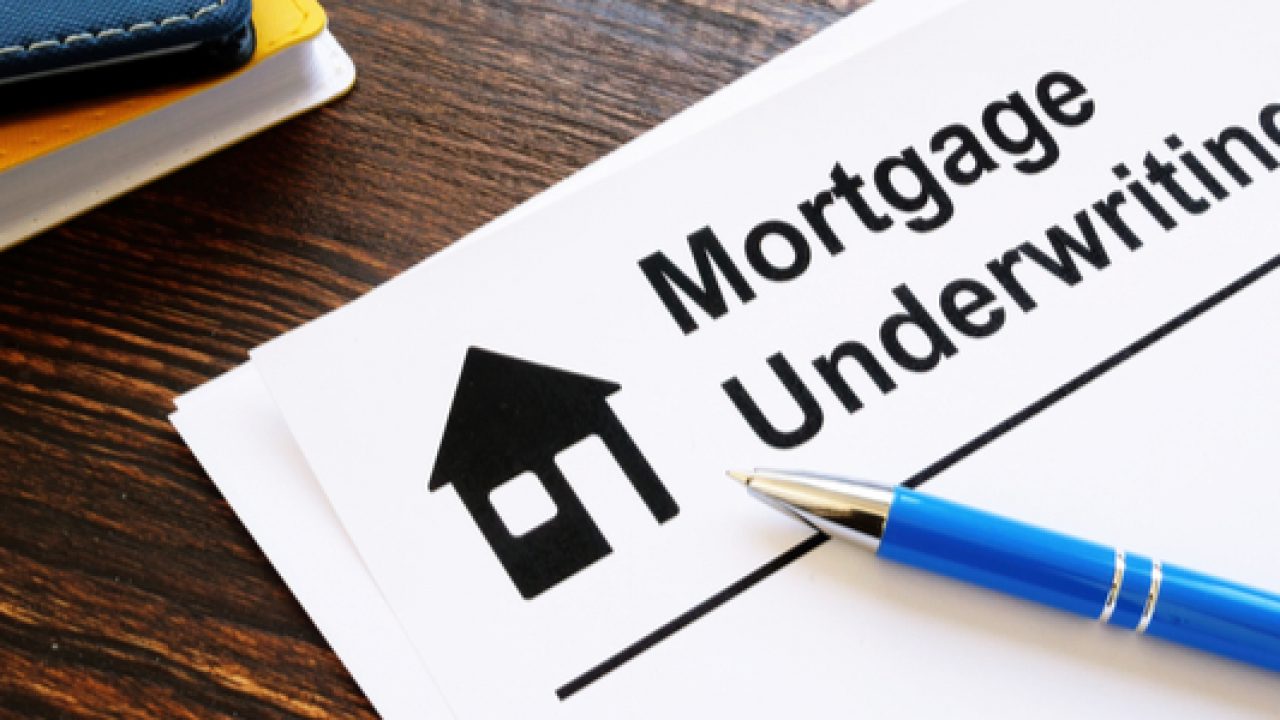A Brief Discussion on Mortgage & Mortgage Underwriting

If you are like most individuals who wish to have their own home, you will most probably get a mortgage for financing your purchase. The mortgage lenders use the process to analyze your creditworthiness and determine whether or not to approve the loan is known as underwriting. For further information, please go through the following write-up now.
Manual vs. Automated Mortgage Under
Mortgage underwriters can analyze the loan application manually or run it through an automatic software program.
Automated underwriting is generally completed faster than manual underwriting. Still, since the computer performs the evaluations, it has certain limitations that may not make it ideal for the borrowers with exclusive circumstances such as inconsistent earnings. In such cases, it can be quite easy to qualify the borrower through manual underwriting.
At times, the lenders utilize an amalgamation of both manual and automated underwriting. You can check out about home loans from reputed lending institutions to know what sort of home loans they provide. Flexible repayment duration, low rate of interest, and overdraft facility are three major benefits.
How Long Mortgage Underwriting Takes?
Mortgage underwriting takes anywhere between a couple of days to a couple of weeks, based on whether the underwriter requires extra information, what demand is like for lenders, and how streamlined the practices are.
The faster you gather the documents and respond to a lender’s requests; the speedier and smoother the procedure can be. Remember, underwriting is a single part of the entire lending procedure. You can expect to close the loan in at least 50 days.
How to Apply for a Mortgage?
- Get Preapproved
Even before you start looking out for a home, your foremost step is to get preapproval for a mortgage. To know whether you are preapproved, a lender will analyze the financial information such as your income and debts and run a credit check.
Know that getting preapproved and prequalified means two different things. Preapproval indicates from the lender that you will be approved for certain financing, provided your financial circumstances do not change. Prequalification is an indication you may be approved for the loan. Procuring preapproval needs you to furnish enough data to the lender compared to a prequalification.
- Asset and Income Verification
Ensure the income is verified and offer other financial documents like bank account statements and tax returns. The assets you must consider are money in the bank accounts, investment accounts, retirement savings, businesses where you have assets in stocks, cash value of life insurance policy, etc.
If you are deemed qualified, your lender will generate a preapproval letter specifying that the lender is willing to lend you a definite sum based on the information you offered. The letter shows the seller that you are a serious buyer and can back the purchase offer through financing.
- Appraisal
If you have found a house that accommodates your budget and you have already made an offer, a lender needs to carry out an appraisal. This is to evaluate whether the amount you provided is correct based on your property’s condition and comparable homes in the locality. The cost of the appraisal for a home varies from a couple hundred to a thousand dollars, based on the size and complexity of a home.
After clearing the conditions and getting the mortgage approved, your home purchase will be complete. The last step is closing day, which is when a lender funds the loan and pays a selling party in exchange for a title to a property. This is when you will sign the paper and settle the closing costs that are due and get the keys to your brand-new home.

0 comments